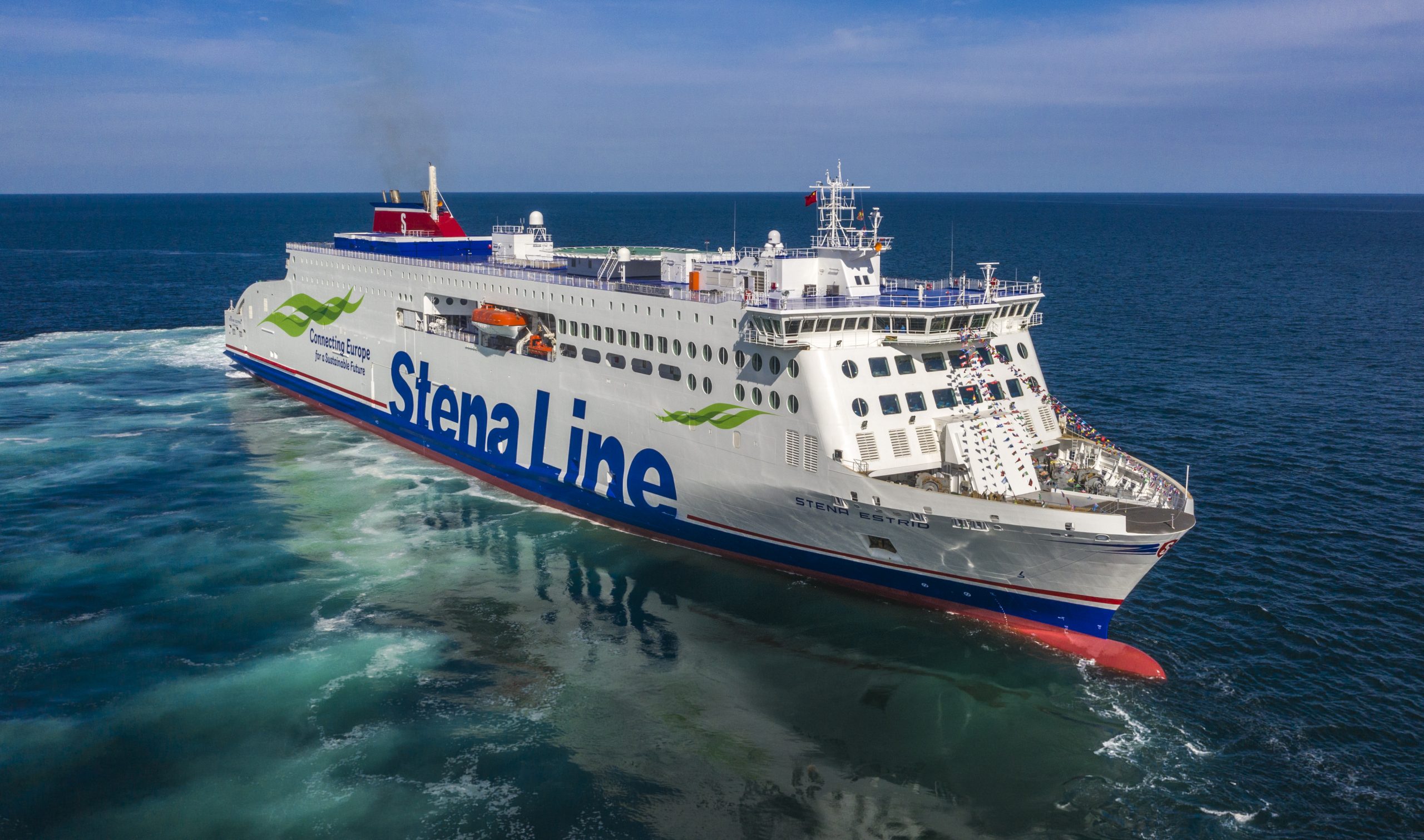Project performance by project planning – A case story

Thanks for joining again to read my new blog post. This story continues my project performance blog with a case study. With this, I would like to tell more about how we can create the basis for successful project planning executions in new business areas or circumstances.
Project: AVIC Weihai Shipyard – Stena Estrid
When the Stena Estrid recently deservedly received the Shippax Ferry Concept Award 2020, I began to think back to my first contact with the project. It was back in 2015 during the ship tendering phase. Deltamarin had earlier worked out the initial concept with Stena, but once the tendering process started and the AVIC Weihai shipyard was participating the bidding, I had the honour of being part of the project team.
Eventually Deltamarin provided and actually still is providing extensive engineering services to the shipyard, but I would like to write about the additional project planning and management support we have provided for this project and its series of state-of-the-art ferries. It has been also very inspiring to follow the CMI Jinling Weihai shipyard’s rise to the top of the Chinese passenger shipbuilding yards.
Being 30 years in the frontline of ship design and shipbuilding, Deltamarin has extensive experience and knowhow of all aspects of shipbuilding. We have supported our clients over the years, providing different project consulting solutions in addition to engineering services. We have developed a service portfolio, which provides management and execution support for our clients, owners and yards, throughout newbuild projects, covering all execution phases.
It’s all about the money
To cut a very long story at least somewhat short, at that time the shipyard had no experience of building passenger ships. However, the group had made a strategic decision to develop its competence and enter markets to build more complex ship types.
As you can read from my colleagues Jarkko Nurmi’s blog, naturally the first question after the decision to enter new market was “how much does it cost”? We were still in the precontractual project phase, and the shipyard was preparing its proposal for the owner.
Our team were then invited by the shipyard to support it in its efforts to prepare a credible offer.
The first step of course was to define the ship’s technical performance in enough detail to be able to determine the direct cost but, the ship type was new, the shipyard did not have a clear understanding of the cost breakdown or available statistics. In collaboration with the Deltamarin team, the shipyard was able to define a reliable cost structure for the project.
The second step was to define the execution model for the project to be able to further develop plans and schedules. The main target was to define a reliable delivery schedule to which all stakeholders could commit themselves. At this phase we did not concentrate too much on the technical details of how the construction was to be done, but defined and described the main procedures. I always tend to say that the main differences are not in details but in how the processes and procedures are handled, managed and monitored. It is also crucial to define the project execution in the early project phases as they set the basis for project implementation during the later phases.
It is also worth mentioning that the technical content also typically represents a major part of project costs. If project execution planning has not been done or if it has been done poorly, the project’s actual costs might greatly exceed what is expected. There is also a risk that if you try to manage project by concentrating on managing costs, eventually it may even lead to increasing costs. You need to focus on efficient performance and timely decision-making. This is possible only by extensive project planning to prepare the basis for project performance.
Creating a basis for project performance
In my previous blog post, I wrote about the possible challenges in determining the basis for measuring performance. Now we were in a situation where we had a modern future-proofed ship design, and also the ship type was completely new to the shipyard. There was no directly applicable statistical information available. This had of course been obvious beforehand, and the starting point for our project was that we could not change the whole shipyard infrastructure or normal procedures. We needed to prepare delivery and construction schedules for the project, but how could we make sure that we considered all necessary aspects?
To be able to define reliable schedules, we prepared a building strategy for the project. Building strategy defines the project construction model and targets, and mainly consists of the project’s building phase. The main aim was to highlight project specialities and new requirements considering the shipyard’s experience. In this case, for example, we considered the quite large accommodation area, which consisted of modern architectural requirements, and working with interior turnkey suppliers. The building strategy is also strongly linked to the preceding phases, such as engineering- and procurement schedules and execution.
Once we had defined the project execution model and building strategy, we were able to prepare a reliable master schedule, combining all the main project disciplines into a single follow-up, ensuring project control and a monitoring basis. We had established a logical and credible work breakdown system for the project. It was very important to have all necessary schedules in one form to understand the interconnections and ensure easy cross-checking. It also helps in evaluating possible schedule impacts, such as if there will be any kind of changes, modifications or delays during the project execution phase.
As mentioned, the shipyard was lacking statistical information on building passenger ships. In collaboration with the Deltamarin team’s knowhow and the shipyard’s available applicable statistics, we combined the best practises and then were able to determine workloads with sufficient durations and slacks for different activities to ensure the project delivery time and needed resources. Naturally production bottlenecks were considered in detail. The construction schedule was already prepared to a sufficiently detailed level before the actual shipbuilding contract had been signed, ensuring the necessary timeframe for workshop scheduling during later phases.
One of project success factors without a doubt was the special attention paid to preparing the procurement and basic engineering schedules. It is crucial for project progress for necessary vendor decisions to be made in a timely manner. In this type of project, procurement activities are done simultaneously with design so, if either one suffers a delay of some sort, it will immediately affect the other and eventually the whole project’s progress.
The rest is history
The rest is history. The shipyard has delivered a bunch of fit-to-purpose, state-of-the art RoPax ferries within the promised timeframe and with excellent quality.

This was just a very small part of what we did to contribute to this project, but I hope you enjoyed reading this short story from my project memoirs. Stay tuned to found out more about how we have supported our clients with our project services.
Today, our project planning and cost evaluation services play an essential role in projects where our clients are entering new business areas. This service and skill set is becoming increasingly important in all new projects where the future requirements for ships are forcing the industry to take major leaps in development. In practice, this is called future-proof ship design.
Want to read more? See also our other published blogs.
For more information, please contact
